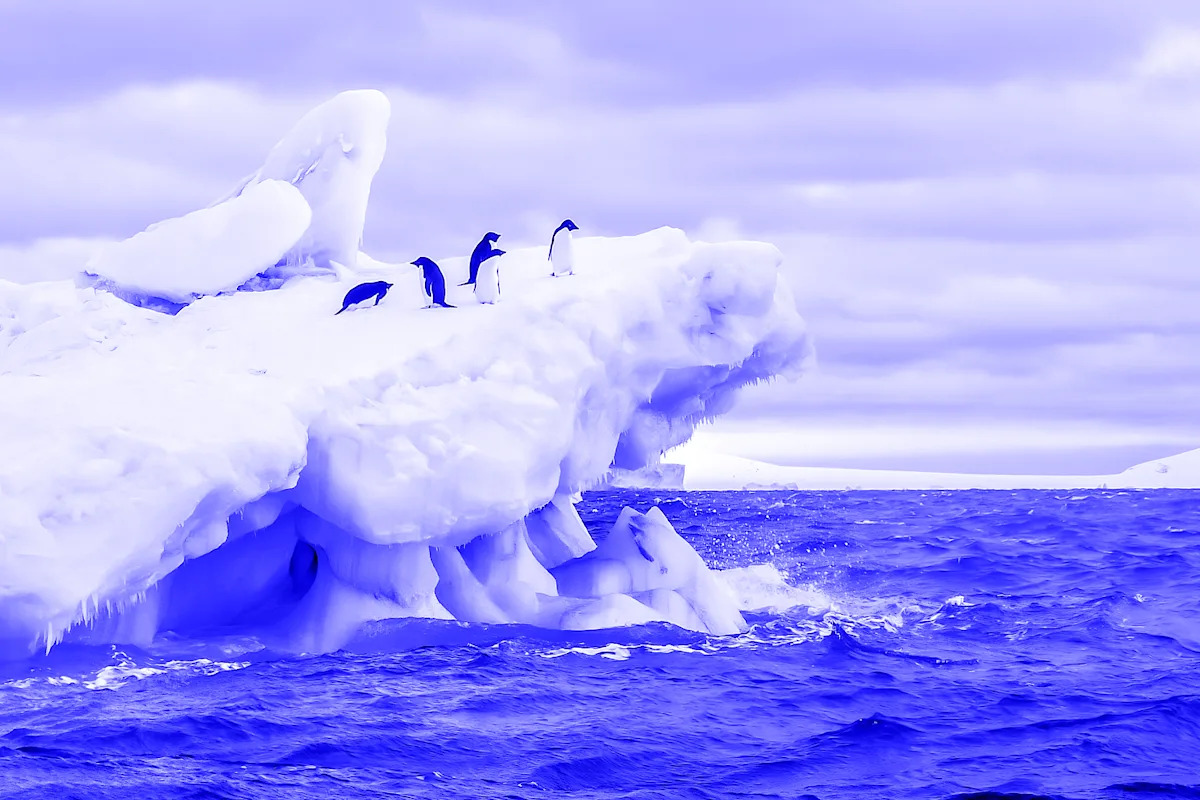Home / Environment / Clearing the Air on 'Global Cooling': How Climate Science Progressed
Clearing the Air on 'Global Cooling': How Climate Science Progressed
7 Oct
Summary
- Consensus on global warming, not cooling, among 99% of climate scientists
- "Global cooling" concept traced back to a 1970s Newsweek article
- Cooling effects now observed in upper atmosphere due to warming gases

As of October 2025, the scientific consensus on climate change is clear: the world is warming, not cooling. Over 99% of climate scientists now agree that global temperatures are rising due to human-caused greenhouse gas emissions. However, the notion of "global cooling" has become a classic talking point for climate change deniers, harking back to warnings from some scientists in the 1970s.
The concept of a coming "little ice age" can be traced back to a 1975 Newsweek article, which sparked a wave of media coverage around the idea of global cooling. But climate science was still a relatively young field at the time, and the data predicting cooling was incomplete, focusing only on the Northern Hemisphere, where temperatures and snowfall were temporarily lower in the mid-20th century.
Despite this, a 2008 analysis found that papers focused on heat still outnumbered those on cold six-fold during the "global cooling" craze. And in 2014, the author of the original Newsweek story even published a follow-up, acknowledging that the hypotheses presented were "seriously incomplete."
Interestingly, the modern understanding of climate change does reveal a cooling effect in the upper atmosphere, caused by the same planet-warming gases that are making the surface hotter. This is in line with what atmospheric scientists have predicted and is considered the "clearest evidence of a human fingerprint on the climate system." However, this upper-level cooling is no surprise to experts and does not negate the overall trend of global warming.




